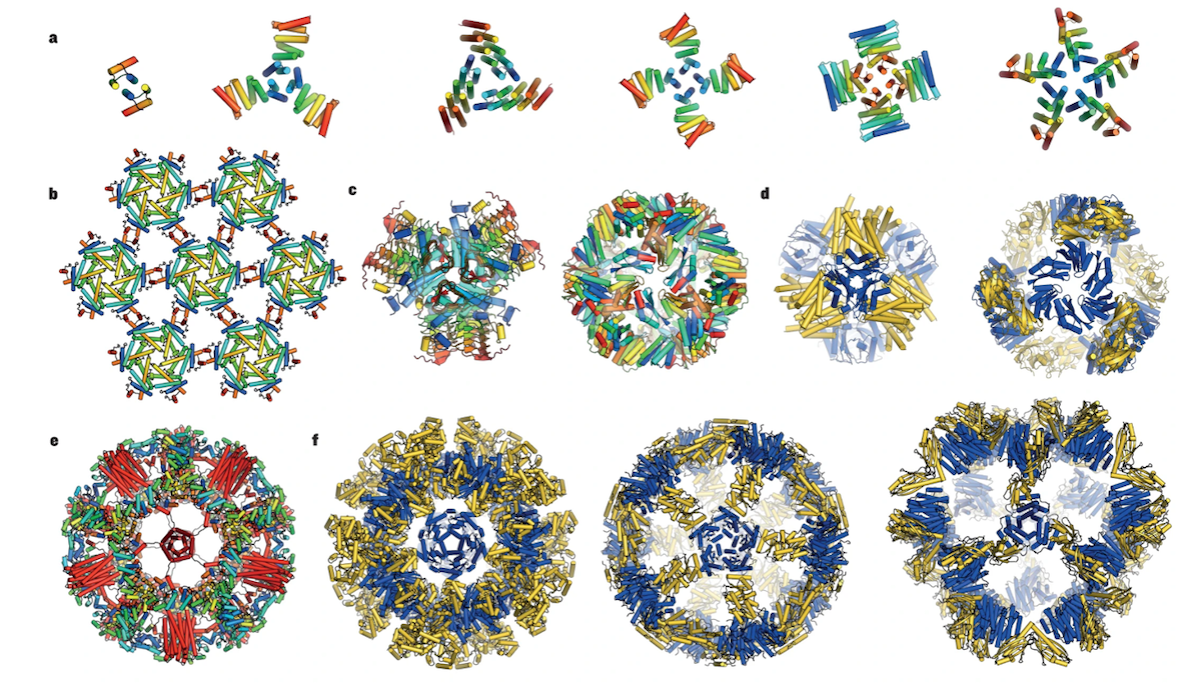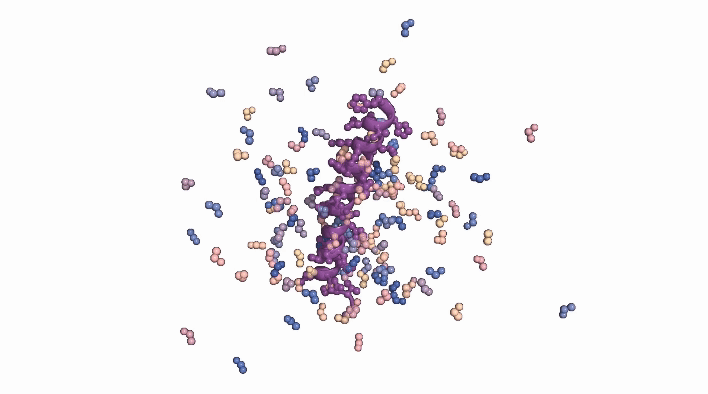
It’s hard not to be excited about the future of the biotech industry.
In fact, “excited” is not even a big enough to word to describe what’s happening.
The intersection of these newfound powers of artificial intelligence and biology, life sciences, and ultimately biotechnology will have the same impact on biotech as SpaceX has had on the aerospace industry.
Research and development costs will plummet. Timelines for drug development will shorten. Time won’t be wasted on low probability drug candidates. And personalized medicine will not only become normal, but it’ll also come at a fraction of the cost of what we see today.
Yesterday we explored a recent development by biotech company Profluent Bio in Outer Limits — Open Sourcing CRISPR. In an effort to supercharge its own technology development, Profluent has open sourced a form of generative artificial intelligence (AI) capable of designing synthetic proteins for use in CRISPR genetic editing therapies.
Today, we’re going to go down the rabbit hole a bit further… with another biotech company using generative AI for a similar purpose — Xaira Therapeutics.
We won’t find much on Xaira’s website — other than a single press release announcing the launch of the company, with a few related links to articles that picked up the news.
For anyone who stumbled across the company’s website, I doubt they would have thought much at all. There’s no information about the company or the technology.
Even the management team isn’t listed.
But it would be a mistake to pass this one over. Xaira just raised $1 billion, despite being founded earlier this year, putting the valuation of this start up at a jaw-dropping $2.7 billion.
How can we make sense of this? A month’s old startup with no product, no revenues, and a $2.7 billion valuation.
Are we in a biotech bubble?
Heck no.
We’re just getting started.
Xaira, like Profluent, will be focused on using generative AI for the purpose of designing proteins.
However, whereas Profluent is focused on building synthetic proteins primarily for genetic editing purposes, Xaira will be designing synthetic proteins, specifically antibodies for the purpose of drug development.
In some ways, Xaira’s vision is even more grand than Profluent’s.
Proteins are the building blocks of life. They mediate all of the critical functions of our bodies. When our bodies don’t produce certain proteins, it can result in a severe, life-threatening disease.
Proteins are composed of long strings of amino acids. When amino acids link together to form proteins, they leave an amino acid residue, which impacts the chemical processes of that protein.
There are 20 different common types of amino acids in proteins. And Xaira is going to focus on proteins that have no more than 200 amino acid residues.
This is intentional, because proteins with 200 or less amino acid residues are considered to be small proteins, meaning that they are best suited for entering human cells for therapeutic applications.
That might not sound like that much on the surface, but let’s consider this. 20 types of amino acids with 200 amino acid residues equates to 20200.
That’s a number that is far greater than all of the observable stars in our universe. And it is also the theoretical number of unique proteins that can be created with Xaira’s technology.
That’s what I meant when I said the company’s mission was “grand.”
And generative AI, with enough computing power, has the ability to sift through, sort, and optimize completely new proteins designs that don’t exist in nature, and that are optimized for very specific therapeutic applications.
The technology can even be used to create things like self-assembling nanomaterials, as shown below.

The nearly limitless potential is the reason for the $1 billion raise.
A large chunk of that initial raise will be used for massive amounts of computational power. Whether they are spending it with cloud service providers like Amazon Web Services or Google Cloud, or building their own data centers, Xaira will need to spend hundreds of millions.
The big raise will also be a major recruiting tool for Xaira to bring on board the very best talent they can find.
With that kind of capital, Xaira can offer aggressive compensation packages, despite being a seed round start up. Pretty incredible.
And that’s why it’s a company for us to watch.
And of course it’s worth asking, how did Xaira draw that much capital out right out of the gate?
Anybody can have an idea. Where’s the credibility coming from that this company and team can deliver?
Xaira was formed by two researchers out of the University of Washington’s Institute for Protein Design.
It builds on two related, generative AI models known as RFdiffusion and RFantibody.
RFdiffusion is a powerful generative AI that has the ability to design new proteins that bind to specific target molecules.
In fact, it has already been used to design a protein in just a few weeks that binds to influenza molecules, which could evolve into an influenza shot that actually works.

And RFantibody, a derivative work of the RFdiffusion generative AI, has the potential to quickly design antibodies (which are also proteins) that bind to coronaviruses. This is just one example, of course. It can produce antibodies for any therapeutic application.
Xaira is effectively looking to reverse engineer drugs for specific targets. In other words, given a known target — like a molecule associated with a virus or a disease — has been identified, generative AI can be used to design a new protein that can bind to that molecule.
That novel protein design can be incorporated into a therapy used to attack those malicious molecules in our bodies that are dangerous to our health.
This powerful technology has the ability to structure proteins from the atomic level.

But it’s not just the incredible technology that drew in the capital, of course.
Marc Tessier-Lavigne, the former Chief Scientific Officer of Genentech, is the CEO of Xaira.
For those that don’t recall Genentech, it’s one of the greatest success stories of the last 50 years.
Founded in the ‘70s, it was arguably the first biotech company in history.
Genentech developed synthetic human insulin, and a long string of successful drugs, went public, and was eventually acquired by pharmaceutical giant Roche for $46.8 billion in 2009.
Venture investors are betting that Tessier-Lavigne and his team will be able to do the same thing again. Just look at the list of investors, to name a few:
It’s an incredible list for just one company. I can’t imagine how many others wanted an allocation but didn’t get one.
If there is one thing that concerns me, though, it’s that Xaira’s vision is too broad. The goal is to do everything in house… from data generation to generative AI, AND all of the therapeutic product development.
The skill sets for these disciplines are quite different and usually don’t combine well in a single company. I’m excited to hear more about the company with more specific tangible goals in terms of therapeutic targets.
This funding round for Xaira is one of the largest ever in the biotech industry at any stage. That’s how remarkable it is.
And just like the quest to create the world’s first artificial general intelligence (AGI) is drawing massive amounts of investment capital — for what will be the largest leap in productivity in human history — the same thing is starting to happen in biotechnology…
And this time, the search is to discover the keys to human life and longevity.
We always welcome your feedback. We read every email and address the most common comments and questions in the Friday AMA. Please write to us here.